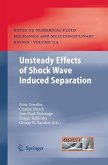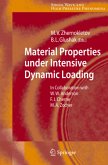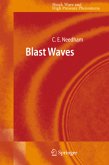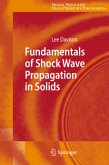Los Alamos National Laboratory is an incredible place. It was conceived and born amidst the most desperate of circumstances. It attracted some of the most brilliant minds, the most innovative entrepreneurs, and the most c- ative tinkerers of that generation. Out of that milieu emerged physics and engineering that beforehand was either unimagined, or thought to be f- tasy. One of the ?elds essentially invented during those years was the science of precision high explosives. Before 1942, explosives were used in munitions and commercial pursuits that demanded proper chemistry and con?nement for the necessary e?ect, but little else. The needs and requirements of the Manhattan project were of a much more precise and speci?c nature. Spatial and temporal speci?cations were reduced from centimeters and milliseconds to micrometers and nanoseconds. New theory and computational tools were required along with a raft of new experimental techniques and novel ways of interpreting the results. Over the next 40 years, the emphasis was on higher energy in smaller packages, more precise initiation schemes, better and safer formulations, and greater accuracy in forecasting performance. Researchers from many institutions began working in the emerging and expanding ?eld. In the midst of all of the work and progress in precision initiation and scienti?c study, in the early 1960s, papers began to appear detailing the ?rst quantitative studies of the transition from de?agration to detonation (DDT), ?rst in cast, then in pressed explosives, and ?nally in propellants.








